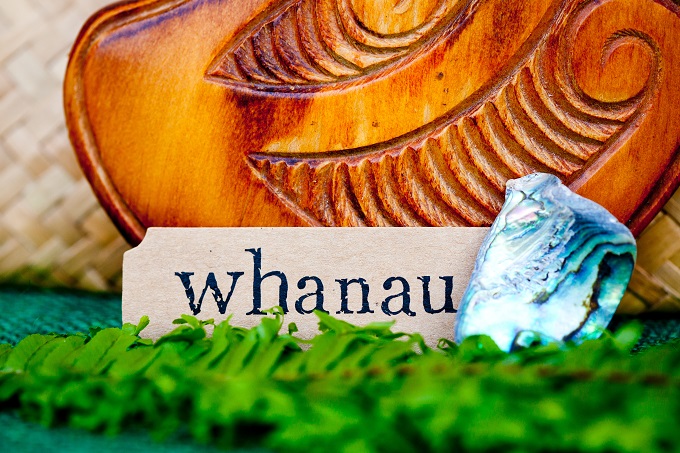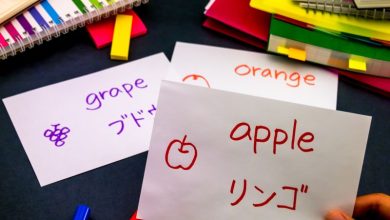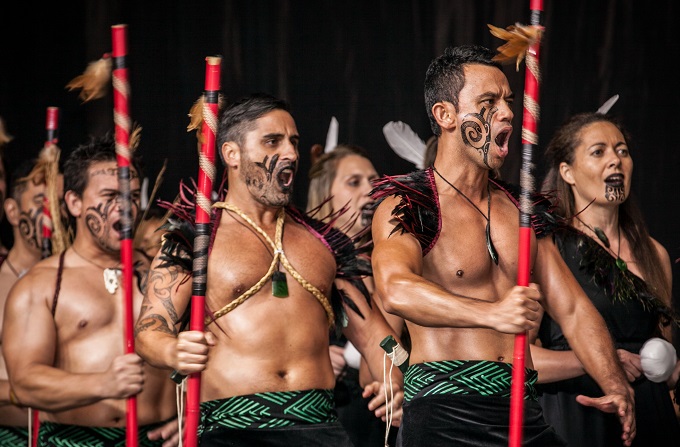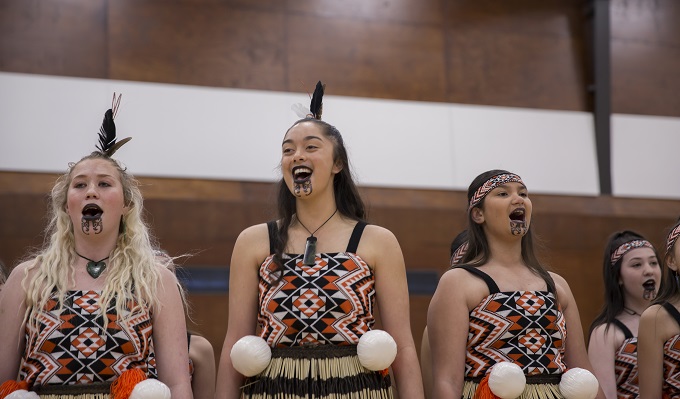On compulsory reo Māori in schools… What do we know so far?

So many viewpoints, no unified voice; so many questions, no single answer
- Should te reo Māori be compulsory in schools? If so, at what levels?
- Will it help improve Māori achievement rates?
- Are there benefits non-Māori?
- What about the practicalities of implementation e.g.
- upskilling teacher trainees and current teachers; providing resources?
- What will this cost the taxpayer?
- Should there be incentives for teachers?
In this article, Alice Patrick (mother, kui, and PLD facilitator) uses de Bono’s hats to explore different perspectives associated with the thorny issue of Māori language being compulsory in English medium (primary) schools.
The diagram below shows an overview of de Bono’s six different ‘thinking hats’ that elicit a broad range of perspectives on an issue.
Tēnā koutou katoa. He uri nō Koterana e mihi nei. Ko Benechie te maunga. Ko Dee te awa. Ko North te moana. Engari, he Māori āku tamariki, nō Ngāti Awa. Aku taura here ki te kaupapa o te reo Māori me te mātauranga Māori ko rātou ko āku mokopuna. Ko Alice Patrick tōku ingoa.
 Pōtae mā i.e. objectivity. What do we know? What are the facts?
Pōtae mā i.e. objectivity. What do we know? What are the facts?
Under the Treaty of Waitangi, te reo Māori is a taonga to be protected – as the indigenous language of this country. Moreover, it is an official language – unique to Aotearoa New Zealand. Māori language was suppressed by successive governments, which has contributed to its demise and the 2013 census showed that Māori language fluency levels had dropped in the past 10 years.
It is predicted that, by 2038, only 12 percent of Māori will speak their heritage language[1]. Each school must provide information in its Charter about the recognition of Māori language and tikanga, and the provision thereof. One of the principles in the New Zealand Curriculum (p9) is that all students will have the opportunity to acquire knowledge of Māori language and culture. There are curriculum guidelines (produced by the Ministry) for the teaching and learning of Māori language in English medium schools (Years 1 – 13). Most Māori students (approximately 97 percent) are being educated in English medium schools, where access to their heritage language is variable. There is sufficient flexibility in New Zealand schools to embed te reo Māori me ōna tikanga into the local curriculum, in consultation with communities.
Some local areas embrace the teaching of Māori language in their schools. For example, there are 13 secondary schools in Taranaki – nine of whom offer te reo as a core subject in their junior classes. Some prestigious high decile schools are boldly leading the way in making Māori language compulsory (generally up to Year 9), showing that they value the language e.g. King’s College. Some subjects are already compulsory in schools – deemed to be important for everyone (e.g. Maths, English, Science). So why not te reo Māori?
Recent research (2018)[2] by the Office of the Children’s Commissioner and the School Trustees Association indicates that students want Māori language to be compulsory. Both teachers’ unions (NZEI and PPTA) are seeking compulsory reo Māori in schools. There are many aspects of Māori language already visible in New Zealand society – including signage in public places, street names, national anthem, kapa haka in schools, macrons in newspapers, passports, website banners.
Government policy is ‘universal availability’ of te reo Māori, as a first step – where Māori language is integrated into the primary curriculum by 2025. (It is worthwhile noting government’s avoidance of the word ‘compulsory’. This is no doubt due to emotions that are stirred up when people are made to do something).
The Labour Party’s coalition party in government, the Greens, want compulsory Māori language in primary and secondary schools by 2030. Their co-leader, Marama Davidson, wants to ensure that te reo Māori doesn’t just survive, but thrives as a living language, normalised in New Zealand society. The ACT party opposes compulsory Māori language in schools – because they favour people exercising choice. They predict that compulsory Māori language will fail – based on overseas experiences, especially Ireland, where (according to the 2011 Census), only 1.8 percent of people speak the native Irish language outside school, despite learning it compulsorily at every level of their schooling.
The NZ First party is also opposed to compulsory reo Māori. However, their spokesperson, Shane Jones, states: “We are not antagonistic to the reo, but we know that if we move straight into any sort of compulsion, Anglo boils and warts will emerge.”
 Pōtae whero i.e. intuition. What are people’s gut feelings/reactions?
Pōtae whero i.e. intuition. What are people’s gut feelings/reactions?
Nervous feelings and lack of confidence can get in the way of teachers embracing Māori language – for fear of getting it wrong and being subjected to criticism from Māori whānau. They consequently become inert and immobilised.
Some teachers have had poor experiences learning other second languages (e.g. in their own schooling), and their negative feelings are transferred to learning and teaching te reo. Furthermore, many teachers are faced with having to painstakingly unlearn years of bad Māori pronunciation, which takes energy, effort and commitment in an already- busy classroom.
Some non-Māori teachers feel they have a role to play in the revitalisation of te reo Māori. However, others feel that their lack of ‘ownership’ of the Māori language is a block that prevents them being open to learning (and teaching) te reo. Their efforts feel disingenuous/contrived. And they feel insincere/ awkward.
Findings from a national survey for Year 4 and Year 8 students and teachers, carried out as part of the NMSSA programme, indicated that 86 percent of those teachers believed it was important for students to learn Māori. And 88 percent of them reported that they promoted Māori cultural values in the classroom.
New Zealanders are increasingly showing that they value Māori language – by learning it; using it in speeches and the media; supporting their children’s learning at school; and endeavouring to pronounce it properly. Feelings of indignation were raised recently, when a voice artist was asked to deliberately mis-pronounce a Māori place name, Waimate, to appeal to the masses in an advertisement. He was asked to pronounce it ‘the white way’– and refused. I had a similar experience years ago while working at a telephone exchange during my university holidays. Locals living in Piopio were quick to criticise my correct pronunciation of their township. They were adamant that it should be pronounced ‘the local way’ i.e. Piupiu – which is incorrect.
Dr Paul Moon, a non-Māori academic, believes that people are being turned off learning Māori language because of there being too much focus on precise pronunciation.
Human nature is such that people do not like being made to do something. Making things compulsory can irritate people and get them offside. They can become negative; and consequently instigate a backlash, due to their resentment
Despite being an official language, it does not feel as if te reo Māori enjoys the same status, and visibility, as English.
 Pōtae kākāriki i.e. creativity. What are the opportunities and new ideas?
Pōtae kākāriki i.e. creativity. What are the opportunities and new ideas?
Because the emphasis in New Zealand schools is on flexibility and self-governance, there are opportunities for teachers (together with whānau and board members) to create new opportunities for Māori language.
There is a need for more quality Māori language PLD opportunities (in service and pre-service) to be provided to every teacher and teacher trainee. Teachers could maximise online programs and apps to learn Māori language independently, or as a collective staff, without needing to enrol in a formal class.
There needs to be more Māori language materials developed that are suitable for English medium teachers and students. There are opportunities for teachers and students to learn together – in the spirit of ‘ako’ (with the teacher is a learner). Such a precedent has already been set with the Ministry’s Learning Languages Series for year 7- 8 students and teachers e.g. Ka mau te wehi; Si; Oui; Ja.
More specialist reo teachers could be trained to become resident Māori language experts allocated to each school (or a cluster of schools) to:
- continually upskill staff in their Māori language ability
- plan and demonstrate (a sequence of) Māori language lessons
- develop a Māori language progression across the school
- make Māori language resources, to engage students and make the teaching easier
Teachers who specialise in te reo Māori could be rewarded with financial incentives. Schools could factor te reo Māori into their performance appraisal systems, at all levels of the school i.e. beginning teachers, registered teachers, leaders (e.g. by using the cultural competencies in Tātaiako) – to enhance the accountablity for Māori language delivery.
[1] According to the incoming briefing to the Minister of Māori development, Nanaia Mahuta
[2] ‘Education Matters to Me’ – exploring the experiences of 1500 students nationally (primary and secondary) in the education system










The article said that NZ government suppressed Maori being taught in schools, but that is not true. From the beginning Maori was taught alongside English in all NZ schools. However, Maori parents and Maori activists stood up and asked for only English to be taught in schools and they said Maori they could teach at home, that was their responsibility. Teachers opposed this, but were told to only teach English because of Maori leaders overwhelming promoting ‘English only.’